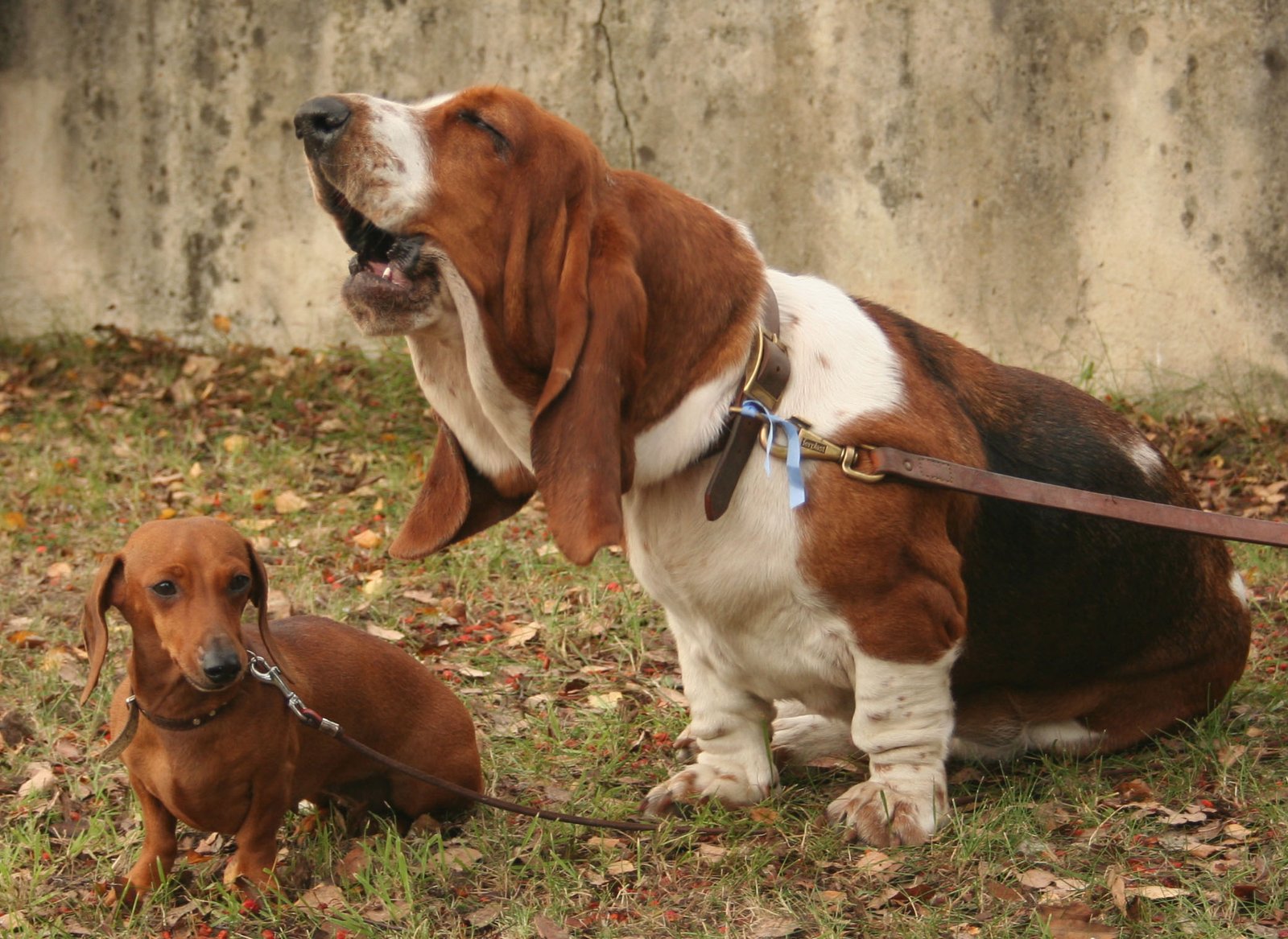Some dogs just have a lot to say—and they’re not shy about letting the whole neighborhood know! From tiny terriers to energetic hounds, certain breeds are known for their nonstop vocalizing. Whether it’s out of boredom, excitement, or simply because they heard a leaf fall three blocks away, these pups can turn your quiet home into a concert hall. While their barking might test your patience, it often comes from high intelligence and a need for stimulation. Understanding the “why” behind their noise is key to managing it. With the right training and activities, even the chattiest dog can learn to pipe down (at least a little). But be warned—these 12 breeds are definitely not for fans of peace and quiet!
Beagle: The Happy Howler

Beagles are famous for their adorable looks and friendly personalities, but they are also notorious for their constant vocalizations. Originally bred for hunting, their loud, melodic barks and signature “bay” helped hunters follow them through dense forests. Today, that same baying can echo through your house at the slightest sound, from a squirrel in the yard to the mailman’s footstep. If you love a dog with a lot to say, the Beagle’s voice will keep you entertained—and sometimes in stitches.
Living with a Beagle means embracing noise as part of your daily soundtrack. They bark out of excitement, boredom, or simply because they heard something interesting. Many owners report that Beagles will “talk” to their humans, using a range of sounds that can be surprisingly expressive. It’s endearing but can also be overwhelming, especially for apartment dwellers or those craving quiet time.
Shetland Sheepdog: The Energetic Alarm System
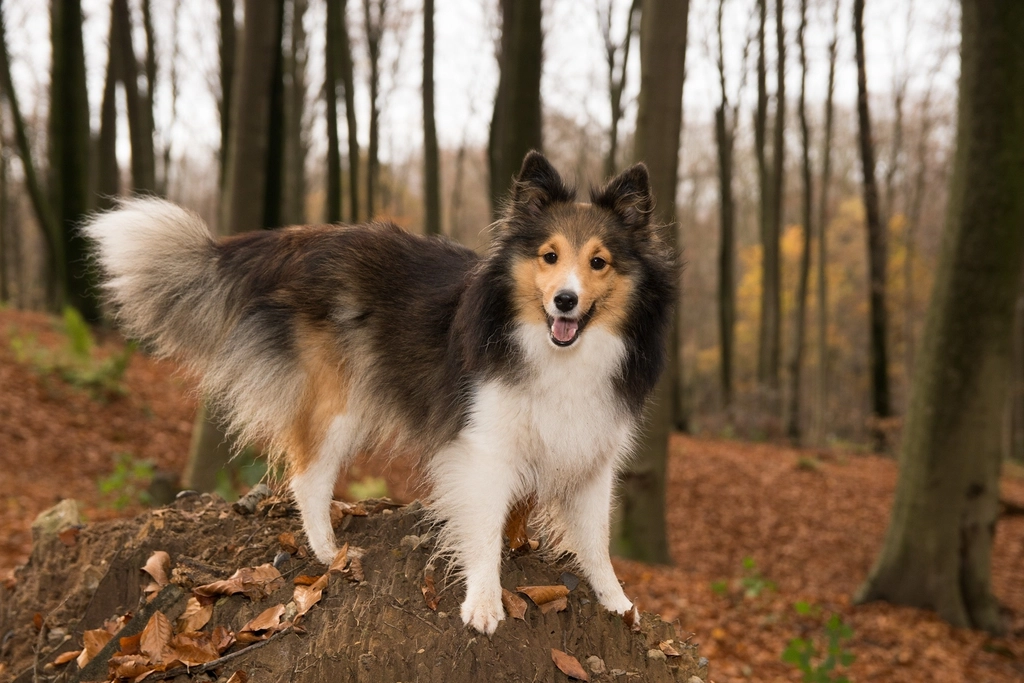
Shetland Sheepdogs, or “Shelties,” are like furry little security guards. They’re smart, responsive, and always alert—traits that make them fantastic watchdogs, but also notorious barkers. Shelties were bred to herd sheep and needed a strong voice to get their point across. Today, they still use that voice for everything from greeting guests to chasing away imaginary intruders.
Shelties don’t just bark—they narrate your entire day. A bird on the windowsill? Bark. The dishwasher beeps? Bark. Even the sound of your slippers on the floor might get a reaction. While this can be comforting for those who want an extra set of “ears,” it can get old fast if you’re not a fan of noise. Training and lots of playtime help, but their vocal instincts are always bubbling just below the surface.
Miniature Schnauzer: The Spirited Sentinel

Miniature Schnauzers pack a lot of personality (and noise) into a small body. With their iconic beard and bushy eyebrows, they look constantly alert—and they are. Schnauzers bark to protect their territory, alert you to anything unusual, or just because they feel like it. They’re natural watchdogs and won’t hesitate to let you know the second something changes in their environment.
Neighbors often recognize a Schnauzer’s sharp, staccato bark, which can seem relentless if not managed. Owners quickly learn that early socialization and consistent training are essential. But even with the best manners, a Mini Schnauzer will never be completely silent. They see themselves as guardians of the household, and their bark is their badge of honor.
Pomeranian: The Pocket-Sized Powerhouse
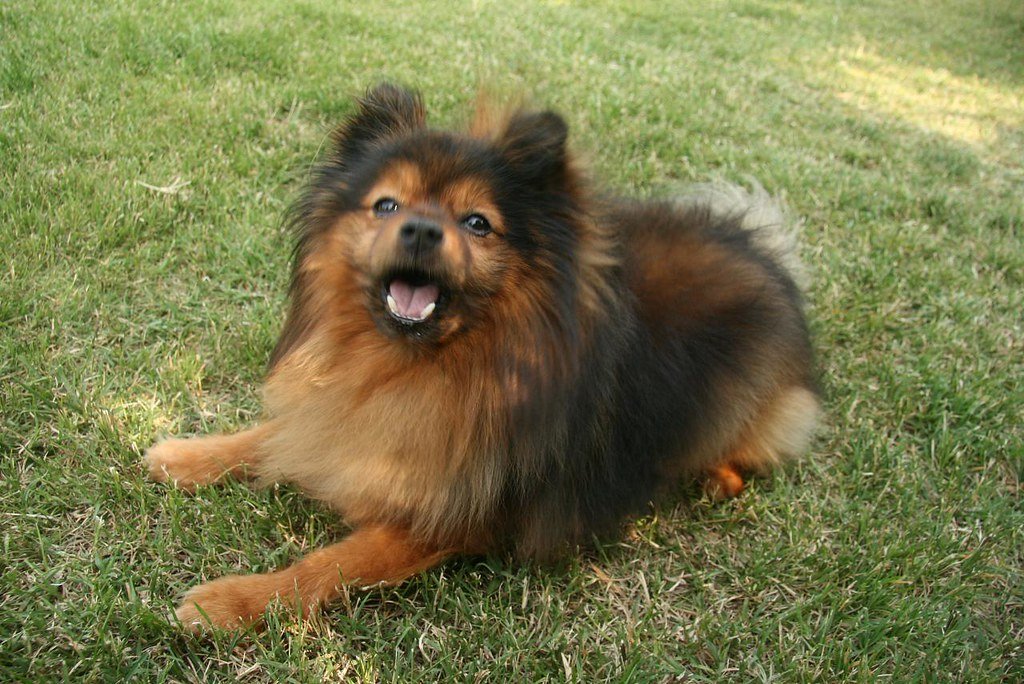
Don’t let their cute, fluffy appearance fool you—Pomeranians have voices that punch well above their weight. These tiny dogs are bursting with confidence and aren’t shy about expressing themselves. A Pom will bark to announce visitors, protest being left alone, or simply because they’re excited about life.
Because they’re so small, people sometimes underestimate just how loud a Pom can be. Their high-pitched, persistent barking can fill a room and then some. Owners often describe their Pomeranians as “tiny lions” guarding their territory with endless enthusiasm. If you want a dog who will always keep you on your toes—and never miss a delivery—this little dynamo fits the bill.
Yorkshire Terrier: The Tenacious Talker
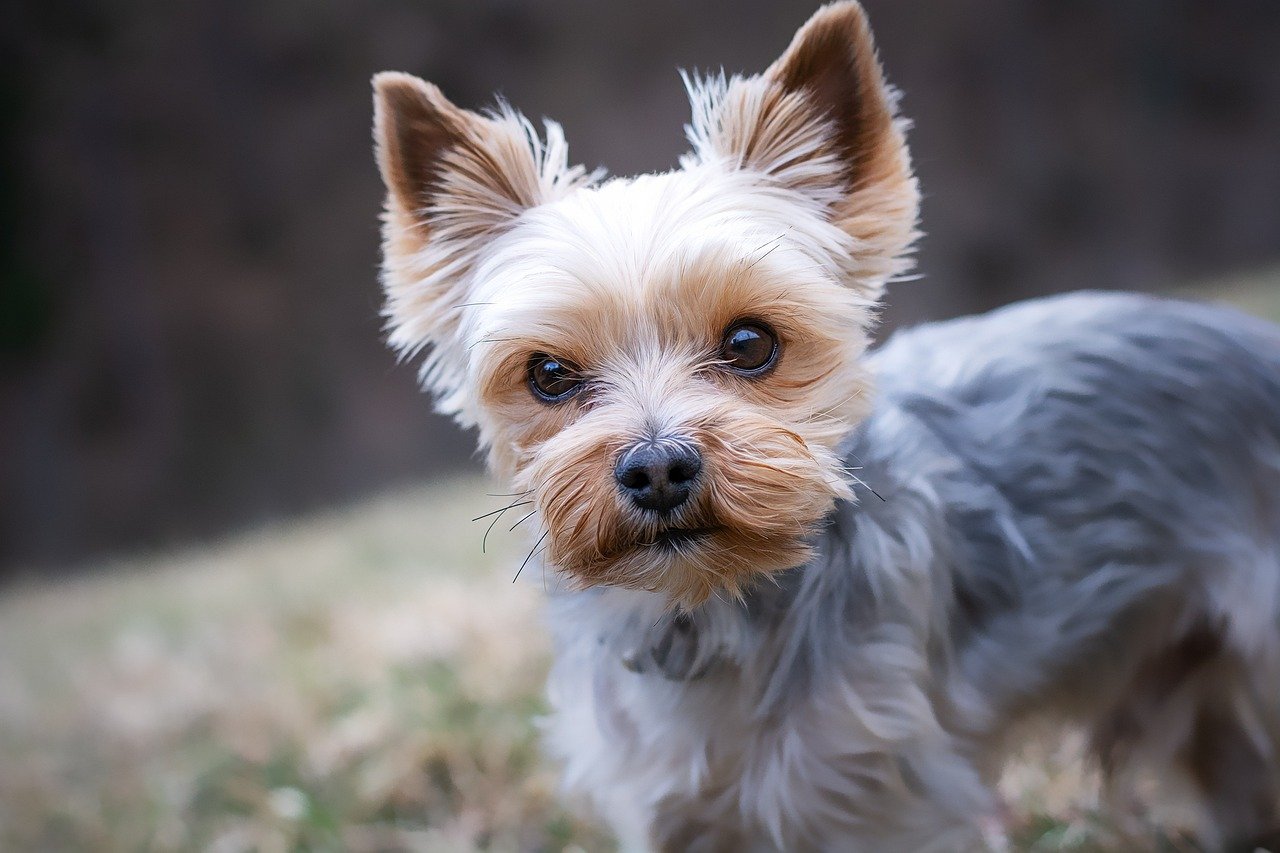
Yorkshire Terriers, or “Yorkies,” may be pint-sized, but their barks are anything but. Originally bred to chase rats in textile mills, Yorkies developed a fierce spirit and a sharp, attention-grabbing bark. They’re quick to react to any noise, shadow, or movement, making them both loving companions and vigilant watchdogs.
A Yorkie’s bark is hard to ignore—it’s loud, persistent, and often comes in rapid-fire bursts. These dogs crave attention and will bark to get it, whether it’s playtime, mealtime, or just because they want to be near you. While training can help manage their noise levels, Yorkies are naturally vocal and love to share their opinions about everything.
Fox Terrier: The Exuberant Announcer
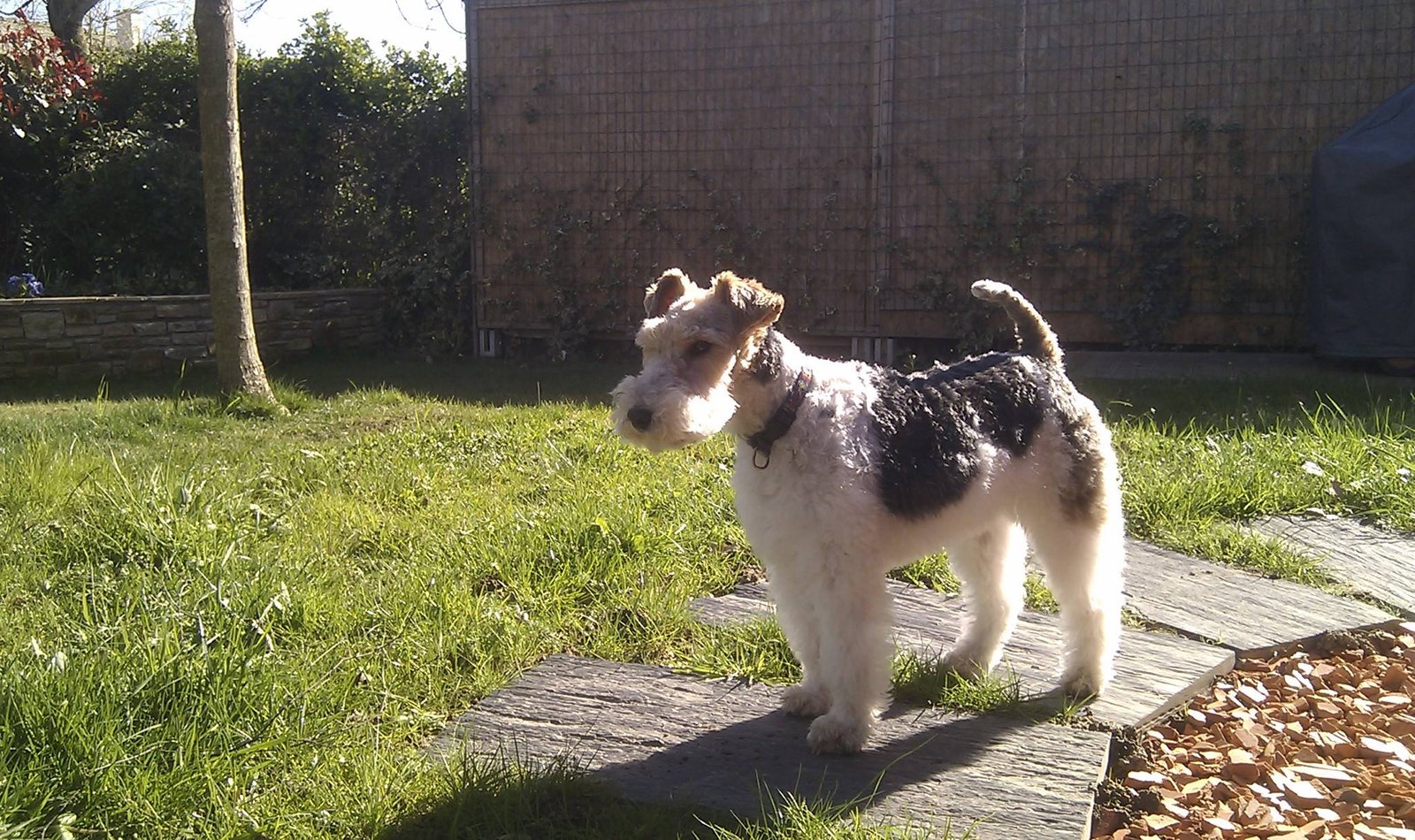
If you want a dog who will let you know about every new development—inside or outside the house—a Fox Terrier is the ultimate announcer. Their sharp, lively bark is part of their charm, but it can also be their most challenging trait. Fox Terriers are high-energy, intelligent dogs with a strong prey drive, which means they notice everything.
Barking is their way of alerting you to anything that seems out of place. Whether it’s a passing car, a new scent, or even a fluttering curtain, Fox Terriers aren’t shy about making noise. Owners often say their Fox Terrier is the “loudest member of the family,” and it’s easy to see why. Consistent training and mental stimulation are vital, but their chatty personality is just part of the package.
Chihuahua: The Tiny Troublemaker

Chihuahuas may be the smallest breed on this list, but their barks are legendary. These pint-sized pups have huge personalities and absolutely no hesitation about using their voice to get what they want. Whether they’re demanding attention or warning off strangers, Chihuahuas can be surprisingly loud and persistent.
Because they’re so loyal to their owners, Chihuahuas are quick to bark at anything unfamiliar. Even a friend stopping by for a visit can trigger a full-blown bark-fest. While their size makes them seem easygoing, their vocal cords tell a different story. For anyone living in close quarters, a Chihuahua’s bark can be both endearing and exhausting.
West Highland White Terrier: The Persistent Performer
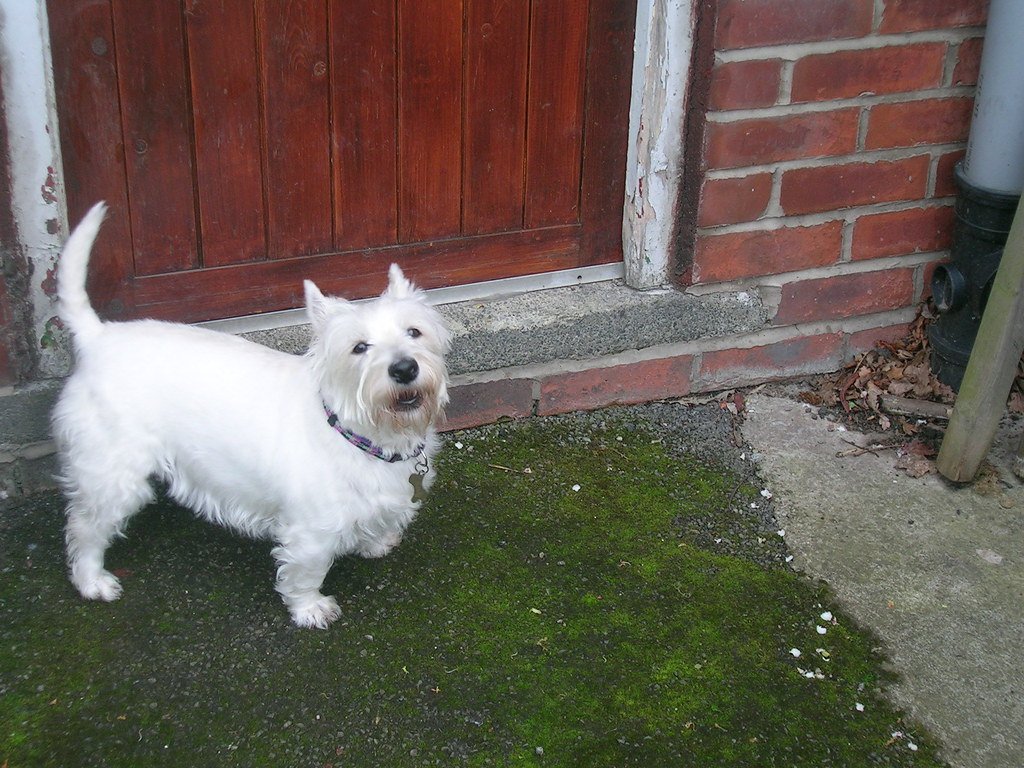
The West Highland White Terrier, or “Westie,” is as feisty as they come. With a cheerful disposition and boundless energy, Westies are always ready for adventure—and always ready to announce it with a bark. These little dogs were bred to hunt rodents, so their keen senses are always on high alert.
Westies bark to express excitement, curiosity, or to signal something unusual. Their voices are surprisingly loud for their size, and they’re not afraid to use them. Westie owners quickly learn to recognize the different “types” of barks, from playful to protective. While their vocal enthusiasm can be managed with training, it’s part of what makes a Westie who they are.
Dachshund: The Determined Defender

Dachshunds may have short legs, but their barks reach impressive heights. Originally bred for hunting badgers, these dogs developed strong lungs and an even stronger will. Today, their bark is often their first line of defense, alerting you—and sometimes the whole neighborhood—to every perceived threat.
A Dachshund’s bark is deep, loud, and often surprising given their size. They’ll bark at strangers, other animals, or anything new in their environment. This can be comforting if you want a watchdog, but overwhelming if you prefer peace and quiet. Dachshunds are stubborn, so training can be a challenge, but their loyalty and love are just as loud as their voices.
Jack Russell Terrier: The Tireless Town Crier

Jack Russell Terriers are famous for their energy, intelligence, and, of course, their barking. These little dynamos are always on the move and always ready to let you know what’s happening. Their bark is sharp, enthusiastic, and often goes on longer than you’d expect.
Because they crave stimulation, Jack Russells will bark when they’re bored, excited, or simply want to play. Their natural curiosity means they react to every sound, sight, or smell. For owners, this means a lively home environment with plenty of noise. While their barking can be managed with exercise and training, it’s part of their adventurous spirit.
Alaskan Malamute: The Howling Storyteller
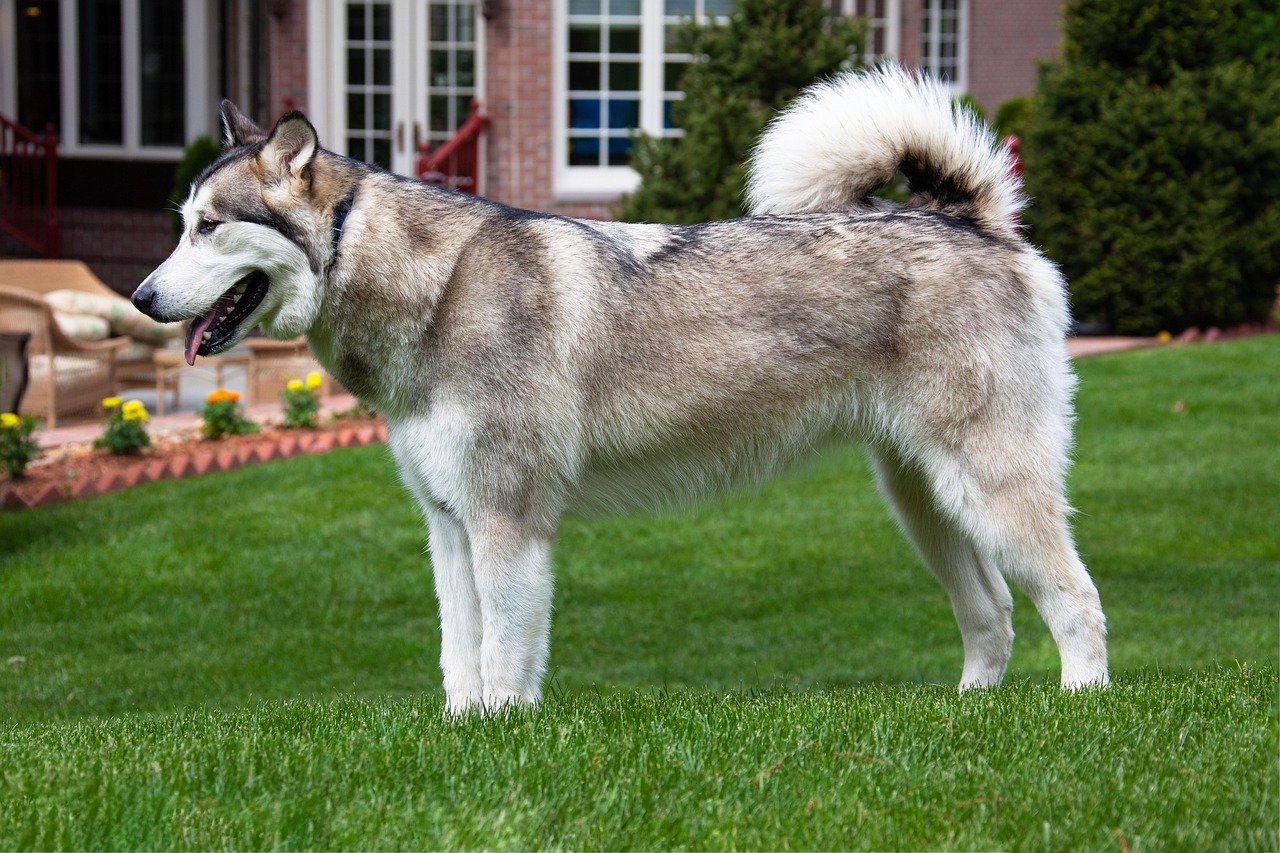
Alaskan Malamutes are famous for their wolf-like appearance and their powerful, echoing voices. While they may not bark as much as some smaller breeds, their howls and “talking” can fill a house. Malamutes use a range of vocalizations to communicate, from deep barks to long, mournful howls.
Because they were bred for teamwork and communication, Malamutes are never shy about expressing themselves. Owners often describe their Malamutes as “singing” along with sirens, music, or even their own laughter. This makes them both entertaining and, at times, overwhelming for those unused to such expressive dogs. If you’re looking for a quiet companion, a Malamute might not be your best bet.
Basset Hound: The Melancholy Crooner
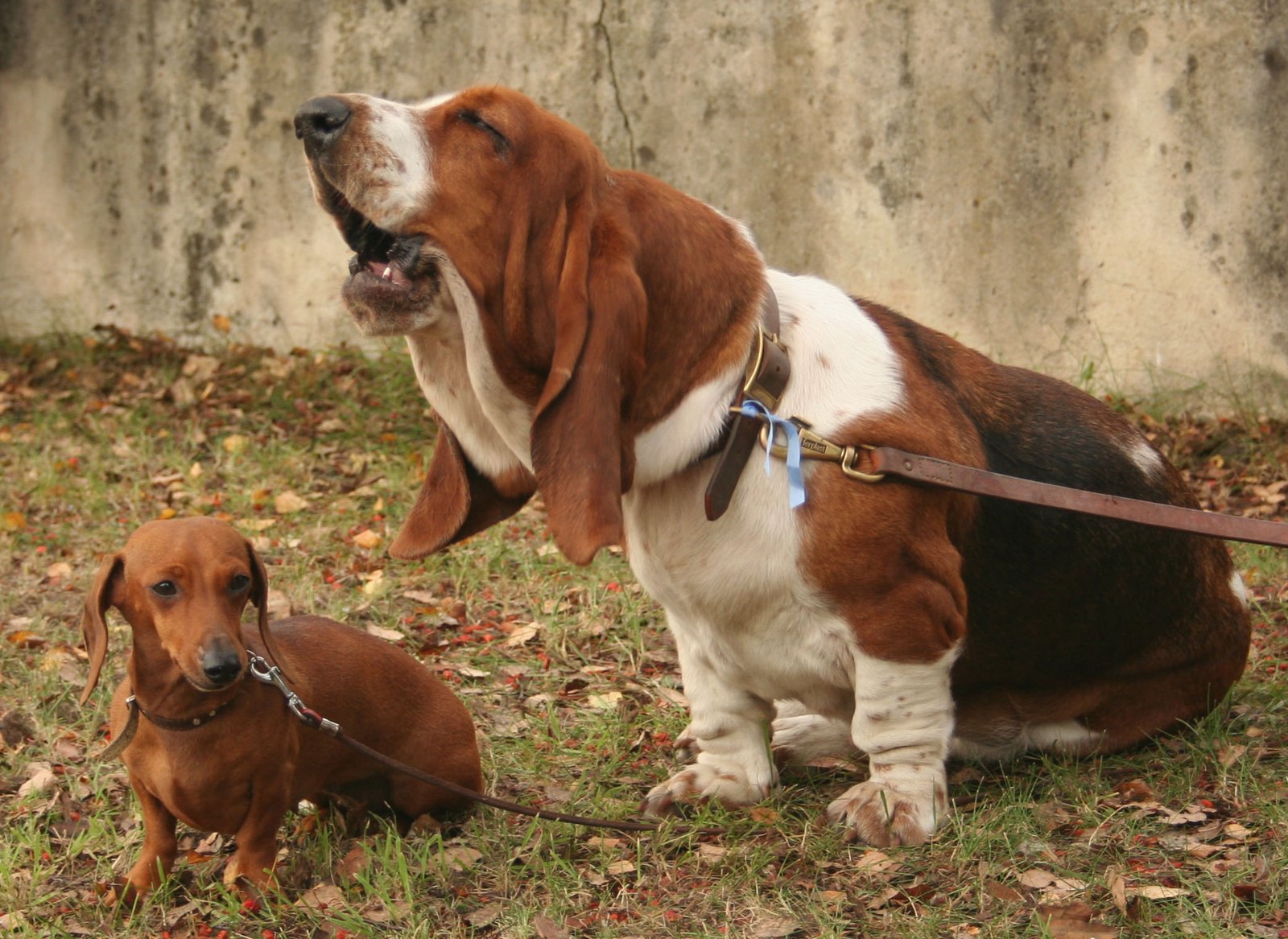
Basset Hounds are known for their soulful eyes and droopy ears, but their voices are just as memorable. With a deep, sonorous bark that seems to vibrate through the floorboards, Bassets announce their presence with gusto. They were bred for hunting, using their booming voices to alert hunters to their location.
Bassets often bark when they’re bored, lonely, or just want attention. Their baying can be both comical and surprisingly loud, echoing through homes and across yards. While their laid-back nature makes them ideal for families, their tendency to vocalize means you’ll always know when a Basset is around. They may look sad, but their voices are anything but quiet.
If you’re thinking about bringing home one of these bark-happy pups, just know what you’re signing up for—lots of love, loyalty, and… noise! While their vocal tendencies can be overwhelming, with the right training and daily stimulation, you can help manage the chaos. These dogs often bark because they’re alert, excited, or just want your attention. So if you’ve got the patience (and maybe some earplugs), life with a talkative dog can be endlessly entertaining.

Linnea is a born and bred Swede but spends as much time as possible in Cape Town, South Africa. This is mainly due to Cape Town’s extraordinary scenery, wildlife, and atmosphere (in other words, because Cape Town is heaven on earth.) That being said, Sweden’s majestic forests forever hold a special place in her heart. Linnea spends as much time as she can close to the ocean collecting sea shells or in the park admiring puppies.

